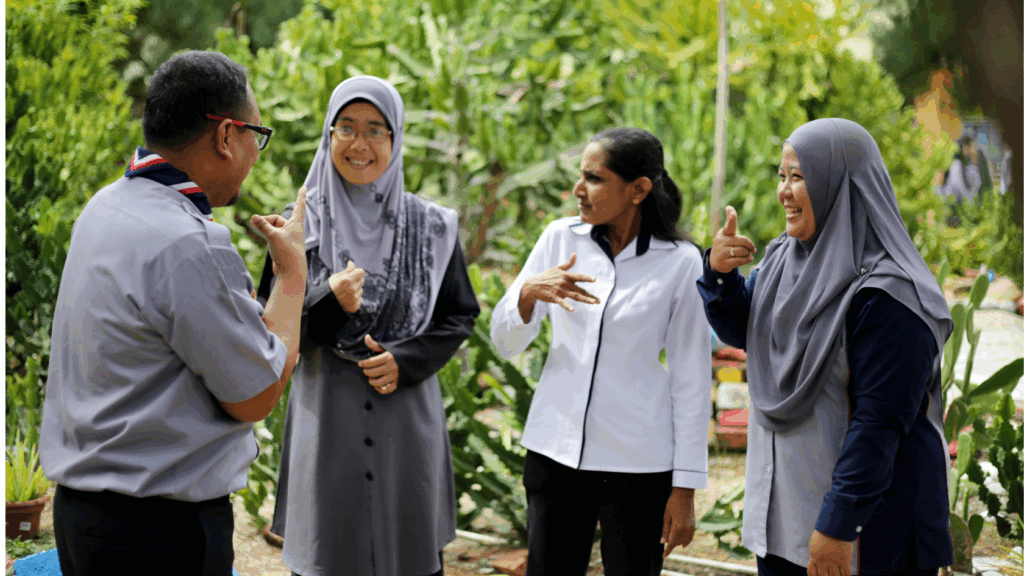Languages are more than just tools for communication. They reflect so much culture, history, and identity. Yet, according to UNESCO, nearly half of the world’s 7,000 languages are at risk of disappearing in the coming decades. As globalisation pushes dominant languages to the forefront, countless indigenous and minority languages face extinction. In response, language revival campaigns from communities and governments around the world are working tirelessly to preserve their threatened languages.

Why Language Revival Matters
When a language dies, it takes with it a unique worldview, oral traditions, ecological knowledge, and cultural expressions. Historical sources in those languages become locked away, and the wealth of knowledge they hold is extremely difficult to uncover again. Language revival is not simply a cultural mission. It’s also a social and political one, and an act of reclaiming identity, dignity, and heritage.
Successful Language Revival Efforts
In New Zealand, the revival of Māori is a powerful example of how community-led efforts and government policy can work together. Since the 1980s, Māori immersion schools (kura kaupapa Māori), broadcasting in Māori, and the official recognition of Māori as a national language have contributed to a growing number of fluent speakers. The phrase “te reo Māori” (the Māori language) has become a symbol of national identity and pride.

It’s estimated that around 30% of New Zealanders speak Māori, and 25% can speak it as a first language. This is thanks to the hard work of campaigners like Hana Te Hemara, who campaigned for active recognition of te reo Māori and for it to be taught in schools across New Zealand. In recent years, there have even been calls to change New Zealand to its Māori name of Aotearoa and start the process of restoring Māori place names for towns and cities.
Similarly, Welsh has seen a resurgence too. Bilingual education, media presence, and government initiatives have significantly increased the number of Welsh speakers. Welsh is now a required subject in English-medium schools, and there are a growing number of schools that teach all subjects in Welsh. Signs on public roads are bilingual, and communications from hospitals and energy providers are available in Welsh. As of the end of September 2024, 27.7% of the population are able to speak Welsh. This is up from a century ago when it was considered endangered. At one point, it was even outlawed when Wales was under English rule. Today, the Welsh Government has a goal of 1 million Welsh speakers by 2050 and is also working towards the revival of more Welsh place names after the change from Brecon Beacons back to the original Welsh name of Bannau Brycheiniog.
Grassroots Movements and Digital Tools
Not all efforts are lucky enough to have government backing. In the US, the Wôpanâak Language Reclamation Project is revitalising the Wôpanâak language, which had not been spoken fluently for over a century. Through community workshops, language classes, and even immersion schools, the project has enabled new generations to speak Wôpanâak once more.

Digital tools are playing an increasing role as well. The Endangered Languages Project, supported by Google and the Alliance for Linguistic Diversity, is an online resource for documenting, sharing, and teaching endangered languages. Even language-learning apps now offer courses in Irish, Hawaiian, Catalan, and Navajo. This means that endangered languages more accessible to more people than ever before.
Challenges Ahead
Despite these successes, language revival remains challenging. It requires long-term commitment, resources, and often a change in societal attitudes. Reviving a language is not simply about teaching vocabulary. It’s about creating environments where the language can be lived and loved daily.
Language revival is a testament to resilience and cultural pride. Whether it’s the revival of Māori in New Zealand or Wôpanâak in the United States, these efforts show that languages on the brink can be brought back and thrive once again. By supporting language preservation and revitalisation initiatives, we help ensure that the world’s linguistic and cultural diversity thrives for generations to come.
Do you want to translate your content into rare languages? Contact our team today! Check out our social media pages for more language-related content as well!
26 June 2025 10:01
